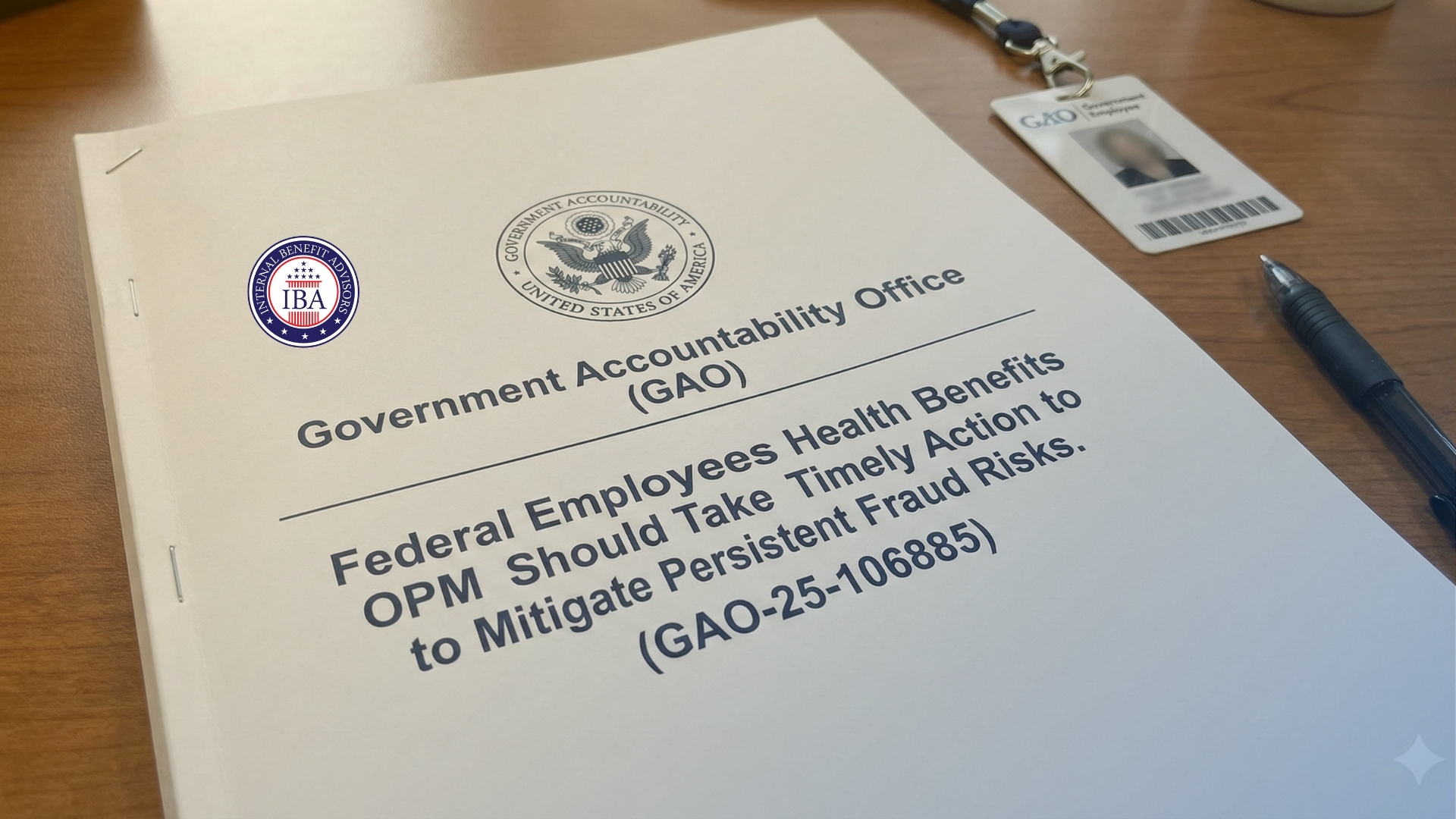Washington DC – May 27, 2021:
President Joe Biden walks across the Ellipse near the White House after exiting Marine One, set to unveil a budget that would see federal spending jump to $6 trillion in the coming fiscal year, With annual deficits of more than $1.3 trillion over the next decade.
President Biden has proposed a 2.7 percent federal employee raise for 2022 while meanwhile seeking no changes in benefits programs, a budget proposal that differs greatly from the proposals of the prior four years.
Biden Budget
The full Biden budget document released May 28 represents a late start to the budget process. Which typically kicks off in February–except in years such as this one when party control of the White House changes. Although the White House had provided a general outline in a preliminary Biden budget released in April. However, that document contained no proposals regarding pay, benefits, and workplace policies for federal employees.
Federal employee unions and some Democrats in Congress have been advocating 3.2 percent. In the immediate aftermath of the budget’s release, several said they would continue pushing for that higher figure.
The budget does not specify if the 2.7 percent amount would be divided among across-the-board and locality components. But that has been the standard practice except when raises have been much smaller. Such as the 1 percent that was paid only across the board, with no variation by locality, earlier this year.
Benefits
Biden budget endorses paid leave for both parental purposes and other purposes as a matter of national policy. That would include federal employees. Who currently have entitlement to up to 12 weeks of paid leave within a 12 month period after a birth, adoption, or foster placement. But must use unpaid leave for other purposes covered by the Family and Medical Leave Act.
As expected, the Biden budget does not repeat Trump administration proposals on benefits. Such as requiring employees to pay more into the retirement system, reducing benefit payouts for future retirees, and restricting COLA payments for both current and future retirees.
Because of the late start to the process, there already are expectations that the new fiscal year will begin—as have so many others—with only temporary funding in place leaving final decisions to later in the year.
To see the full article published in Fedweek, click here.




